The Surface you know and love (or hate) is dead — Microsoft's Windows hardware enters a new era
Surface Laptop 7
![]()
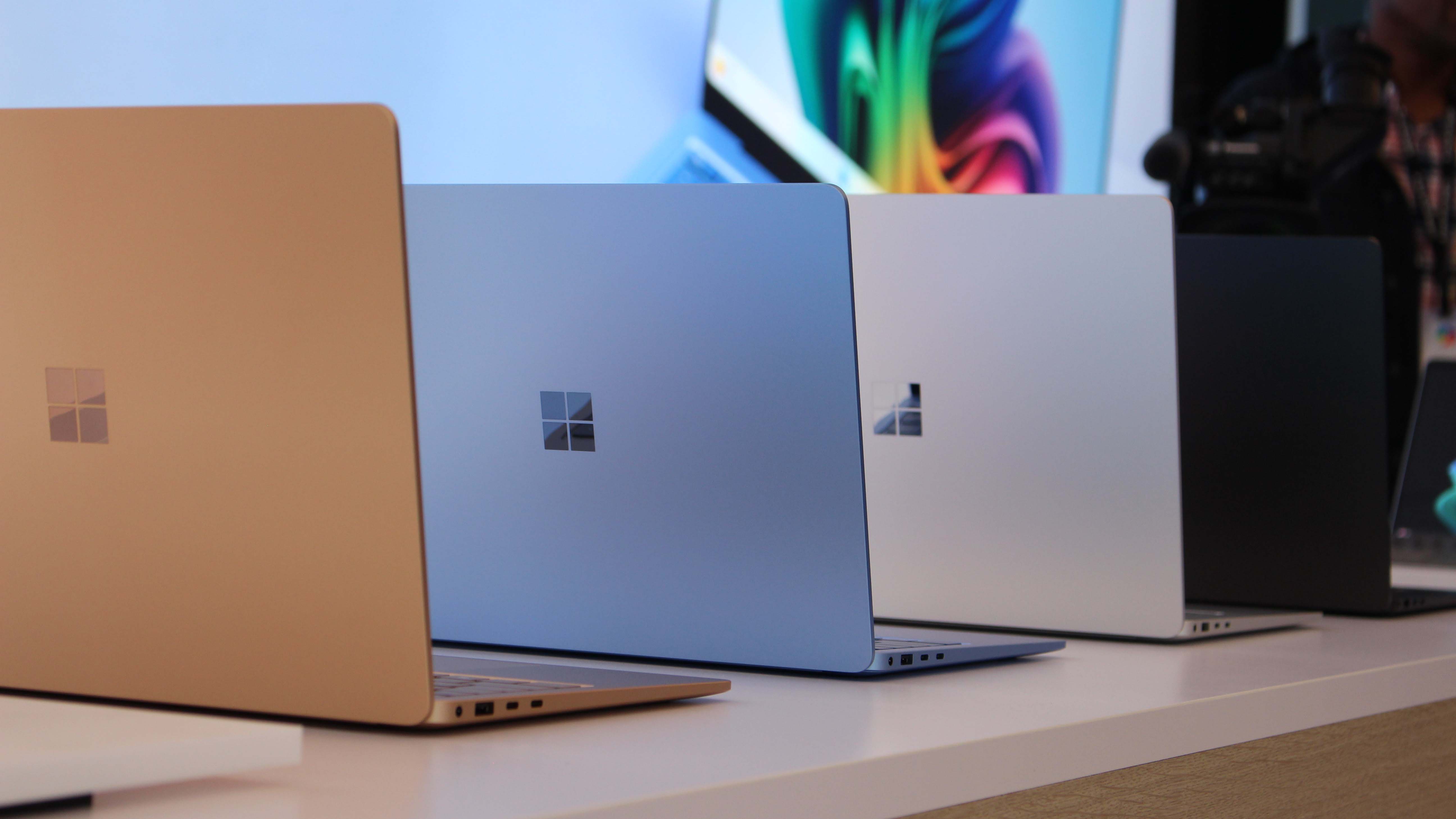
Surface Laptop 7
![]()
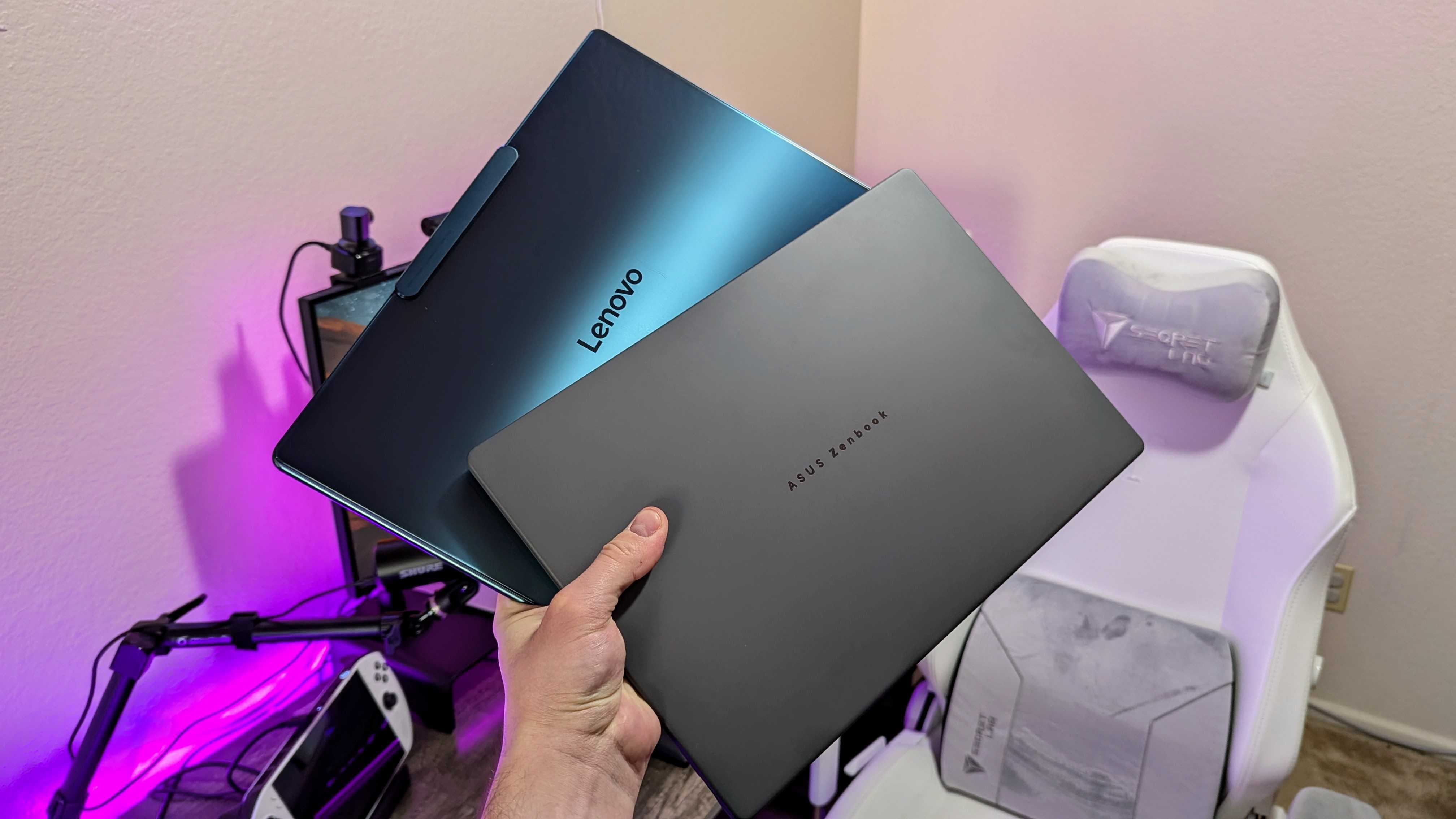
Image of the Lenovo Yoga Slim 9i 14 (Gen 10) and ASUS Zenbook A14 (2025) laptops.
![]()

Backside of the Acer Swift 14 AI while it sits on the table and faces right.
![]()

Microsoft Surface Pro 11 with Qualcomm Snapdragon X Elite
![]()

The ASUS ROG Flow Z13 (2025) in four positions, including upright with its keyboard attached, upright with its keyboard detached, laying down with its screen up, and laying down with its back up.
![]()

The HP OMEN 35L on a desk with its lighting on.
![]()
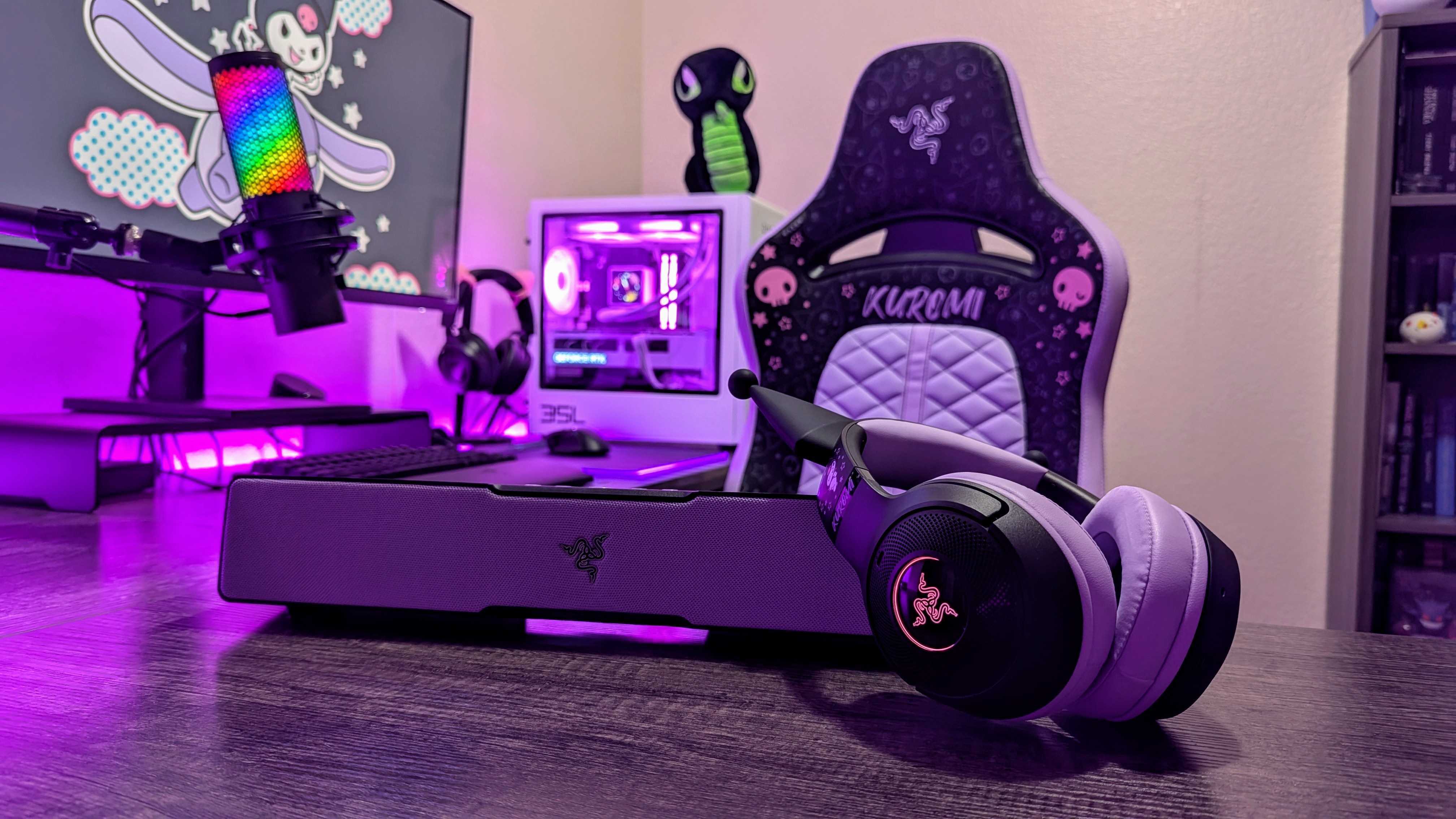
The Razer Kuromi Edition Enki X, Leviathan V2 X, and Kraken Kitty V2 BT.
![]()

Acer Predator Helios Neo 16 AI
![]()
![]()
Despite laptops overtaking their towering cousins in market share, these portable computers still lack one vital trait that has kept stationary desktops still relevant today. Desktop computers are, to a very large extent, modular by design, making it easier to upgrade and replace components as needs and technologies change. Sure, some laptops have upgradable RAM and storage, but that’s pretty much all there is to them given certain limitations in design.
Those limitations include the design of the motherboard itself, an all-in-one all-or-nothing object that is pretty much the soul of a computer. Intel, however, is proposing a rather ground-breaking change that will help make these components more repairable and less wasteful. If followed by its partners, it won’t just kick off a new age of modular laptops, it could even give Intel and AMD a huge edge over their Arm-based rivals such as Qualcomm and, of now, Apple.
Designer: Intel
![]()
![]()
The difference in motherboards between desktops and laptops is like night and day. Desktops follow an industry convention that has been shaped over decades, allowing components from rival companies to be mixed and matched as the consumer desires. Laptop motherboards, on the other hand, are often designed based on brand needs and whims. More importantly, they come as a whole package, with many parts soldered onto the board, including the ones that get worn out faster than others.
![]()
![]()
Intel’s proposed guidelines try to split the laptop motherboard into three distinct parts, two of which would hold the I/O or input out components such as USB and HDMI ports. The third would be where the core silicon is located, specifically the CPU and the GPU, among others. The modularity would allow different affected parts to be replaced if broken or, if desired, even upgraded, without throwing away the rest of the motherboard.
![]()
Those guidelines also have something for mini PCs, which are like the middle child between desktops and laptops. In this matter, the CPU and motherboard are separated from the graphics card and other components, making it easier to swap out GPUs or CPUs in the future. The growing popularity of mini PCs, partially thanks to the Mac mini and Mac studio, could be the driving force behind this initiative. Ironically, Intel itself has given up on the form factor, licensing its “NUC” brand to ASUS.
![]()
Designer: Framework
These guidelines might be ideal for reducing e-waste and promoting the right to repair, but it still all depends on whether other players are willing to play ball. Laptop manufacturers might be hesitant to do the work redesigning their laptops, and Intel’s rival AMD might not be keen to cooperate either. It’s still a distant dream, but one can already have a foretaste of the future today with the Framework laptops, proving that it can indeed be done with the right design.
![]()
The post Modular laptops and mini PCs might be around the corner thanks to Intel first appeared on Yanko Design.

Microsoft Surface Pro 11 with Qualcomm Snapdragon X Elite
![]()
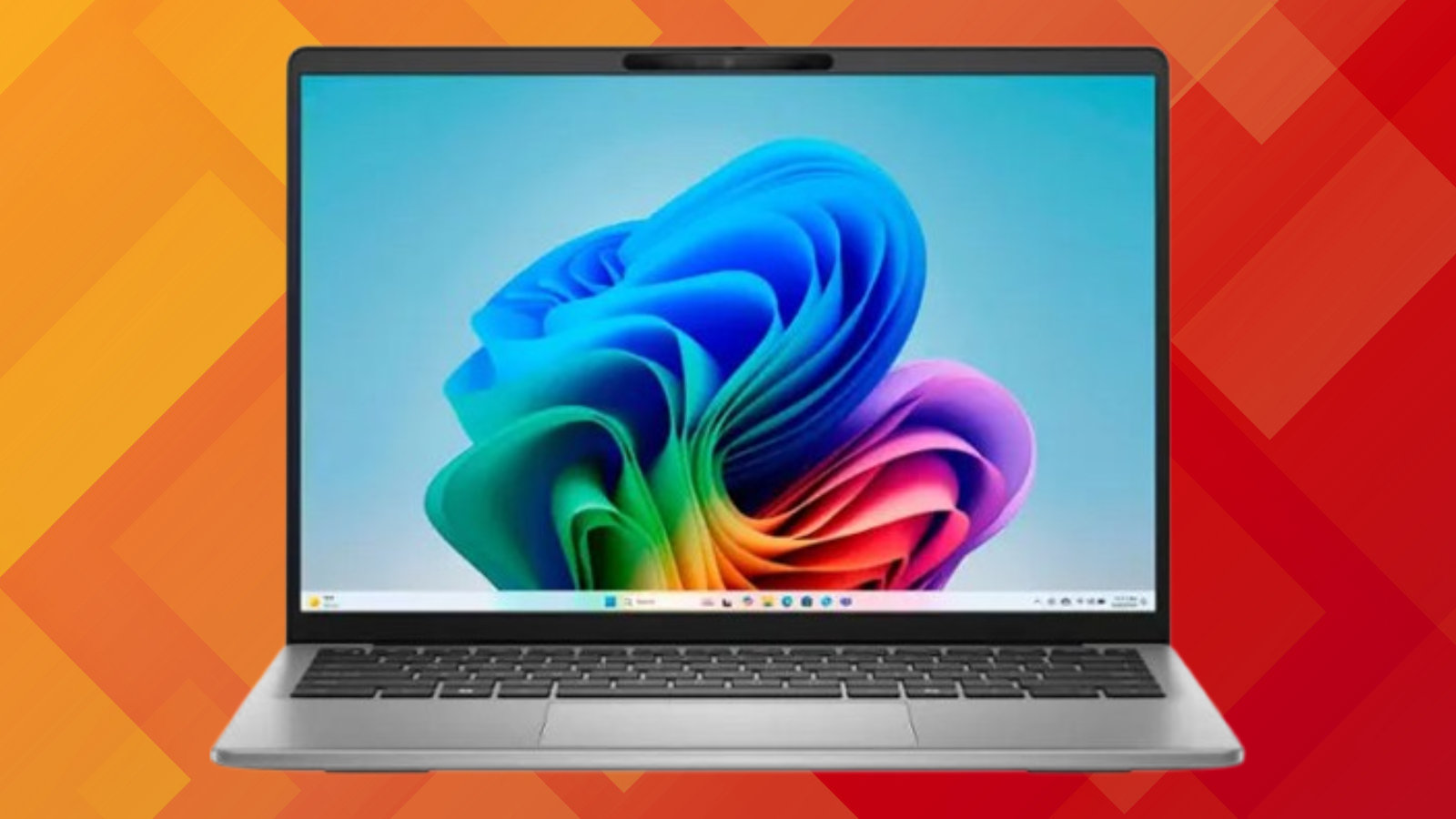
Dell Inspiron 14
![]()
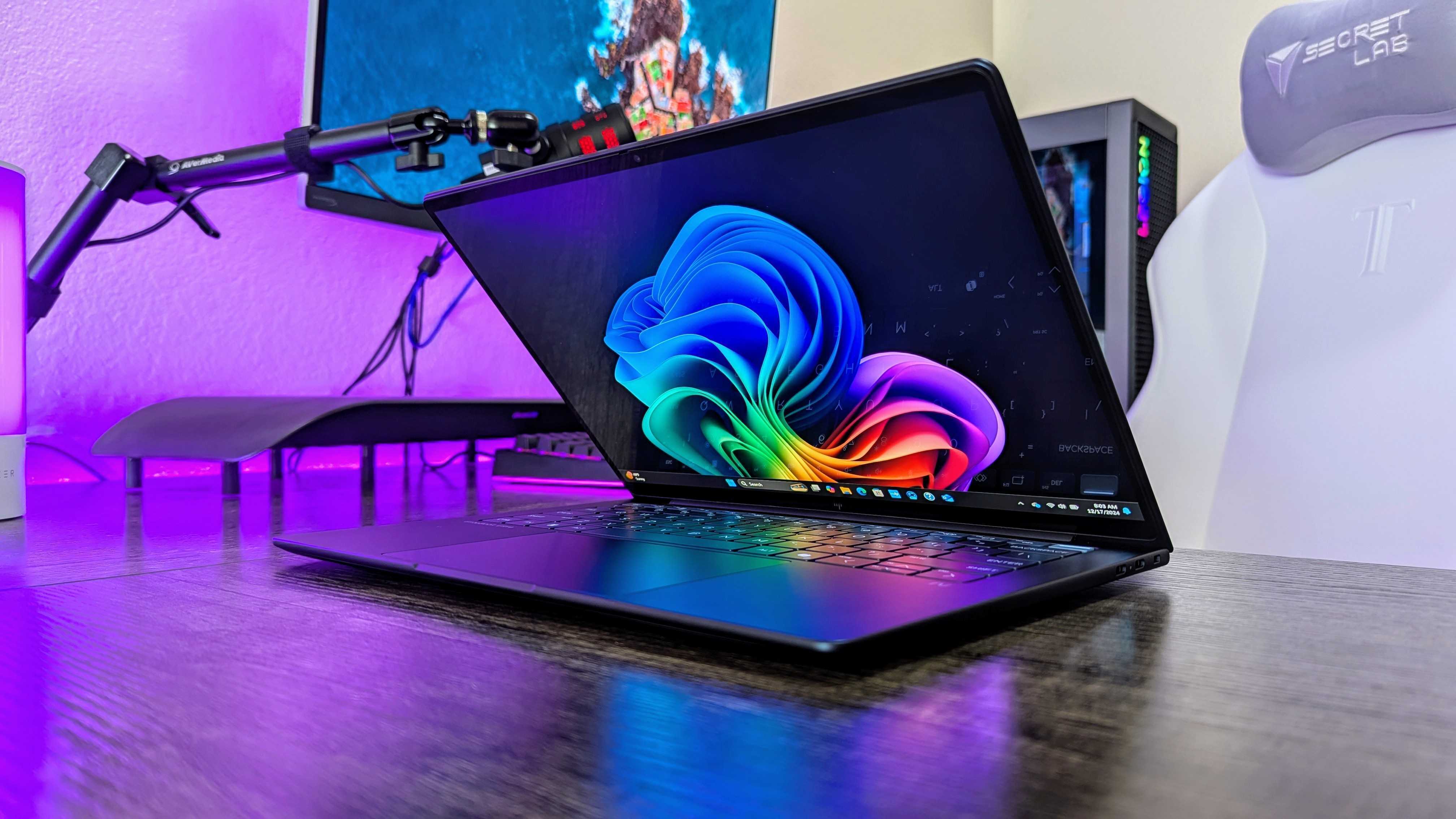
A pre-production sample of the HP EliteBook Ultra 14 (G1i), open and sitting on a desk.
![]()
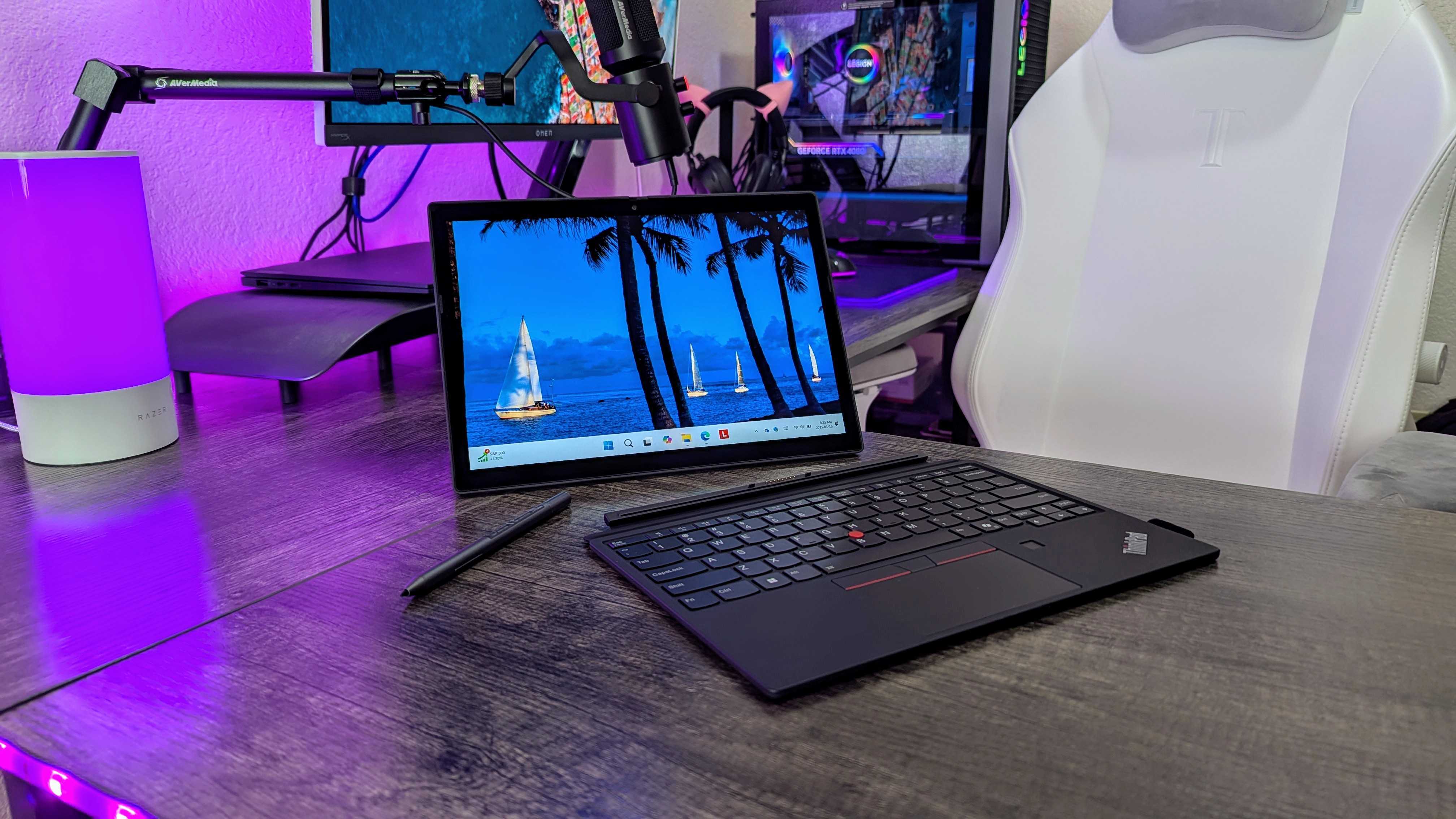
The Lenovo ThinkPad X12 Detachable (Gen 2) on a desk, with its keyboard and stylus detached.
![]()
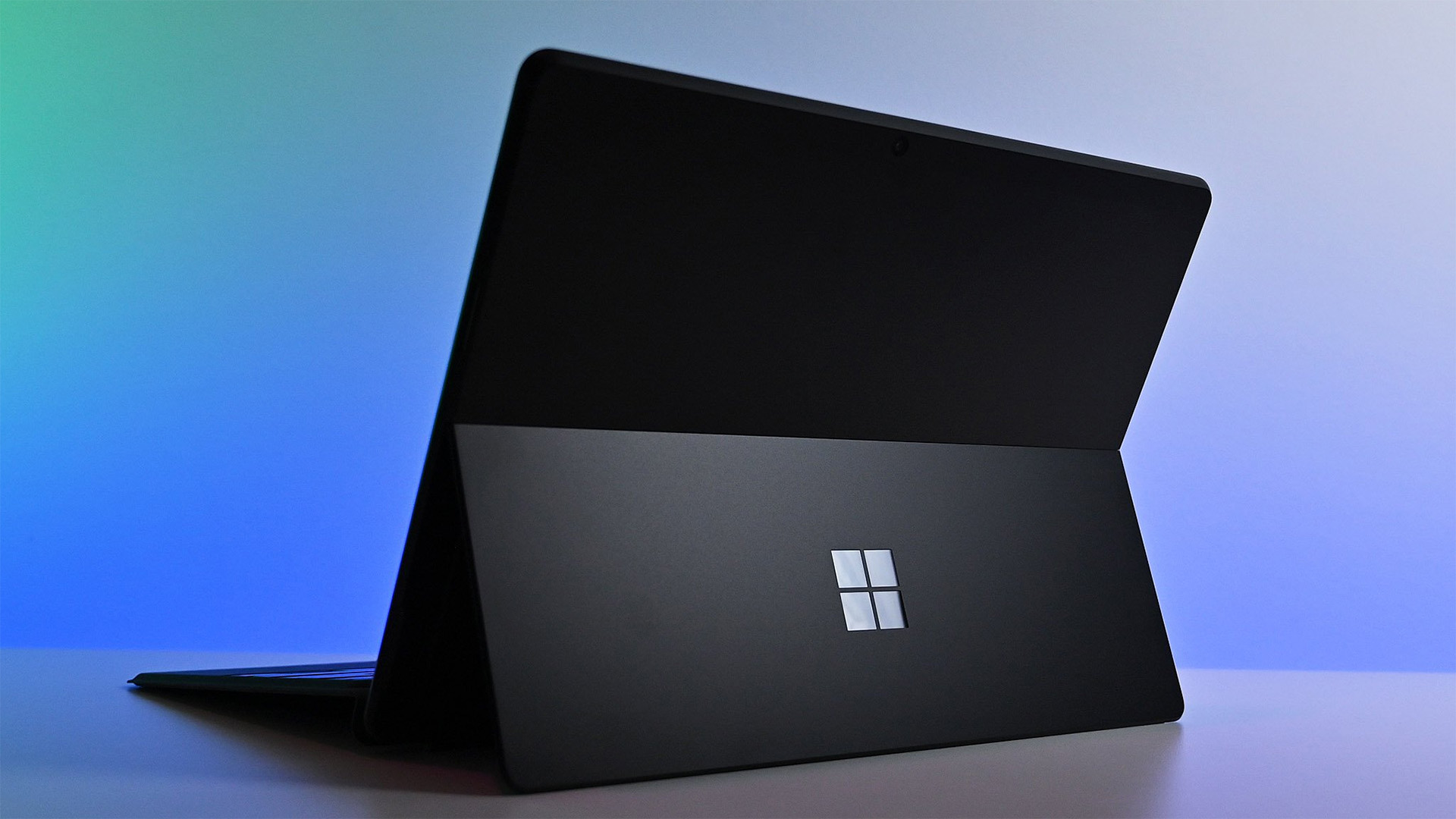
Surface Pro X rear side in black
![]()

HP Omnibook X laptop in white
![]()
Handheld gaming PCs like the Steam Deck, Lenovo Legion GO, and ASUS ROG Ally have proven to be popular designs in a somewhat niche market. Despite their small sizes, at least relative to laptops, these computers are quite capable of driving even graphics-heavy triple-A games, at least with reasonable settings. And as with any gaming-worthy computer, these handheld PCs are also capable of doing just about anything, including office productivity or even content creation.
That said, their designs are hardly conducive to use cases outside of gaming, especially for tasks that require at least a keyboard. There are alternative designs from the likes of AYANEO and GPD that do add a tiny keyboard, but those are meant more for chatting than actual work. This upcoming newcomer, however, wants you to have your cake and eat it too, and it’s using a rather ingenious design that supports both games and productivity without compromising too much.
Designer: ONE-NETBOOK
![]()
![]()
We’ve seen handheld gaming PCs that look like laptops, but these usually compress the keyboard in order to make room for gaming controls like joysticks and buttons. This creates a usable but not ideal experience, where typing is doable but uncomfortable and gaming is bearable but not always enjoyable. And that’s not even considering issues with ergonomics for both sides of the coin. Short of having a shape-shifting computer or a modular design (that has actually been done before as well), there’s really no easy way to bridge these two together, at least until now.
![]()
Unlike its predecessor that attempted to create a hybrid between a Nintendo Switch handheld and a Microsoft Surface tablet, the ONEXPLAYER G1 embraces the form factor of a small 8.8-inch laptop. Opening it up reveals what looks like a regular physical keyboard, complete with a tiny touchpad, so you might not even consider it as a gaming computer until you remove that keyboard. Yes, that keyboard is actually wireless and connected to the computer using magnets only, and lifting it up reveals the handheld’s gaming chops.
![]()
Underneath this removable keyboard are analog joysticks, a D-Pad, and face buttons, the essential parts of a game controller. Because there isn’t a critical need to have a keyboard, the design is able to accommodate a more comfortable arrangement of buttons similar to an Xbox-compatible controller. Of course, there are also triggers and shoulder buttons at the back of the laptop, as well as a number of extra buttons.
![]()
![]()
What’s interesting about this design is that even this gaming “mode” still has a split keyboard below the controls. It’s not immediately clear whether these are capacitive keys on a glass surface or if they’re just very low-travel keys for basic chat needs. Either way, it’s definitely an interesting twist on the handheld gaming PC design, though the price for such a multi-functional beast will probably cost as much as a laptop as well.
![]()
The post Mini gaming laptop has a removable keyboard to easily switch between work and play first appeared on Yanko Design.
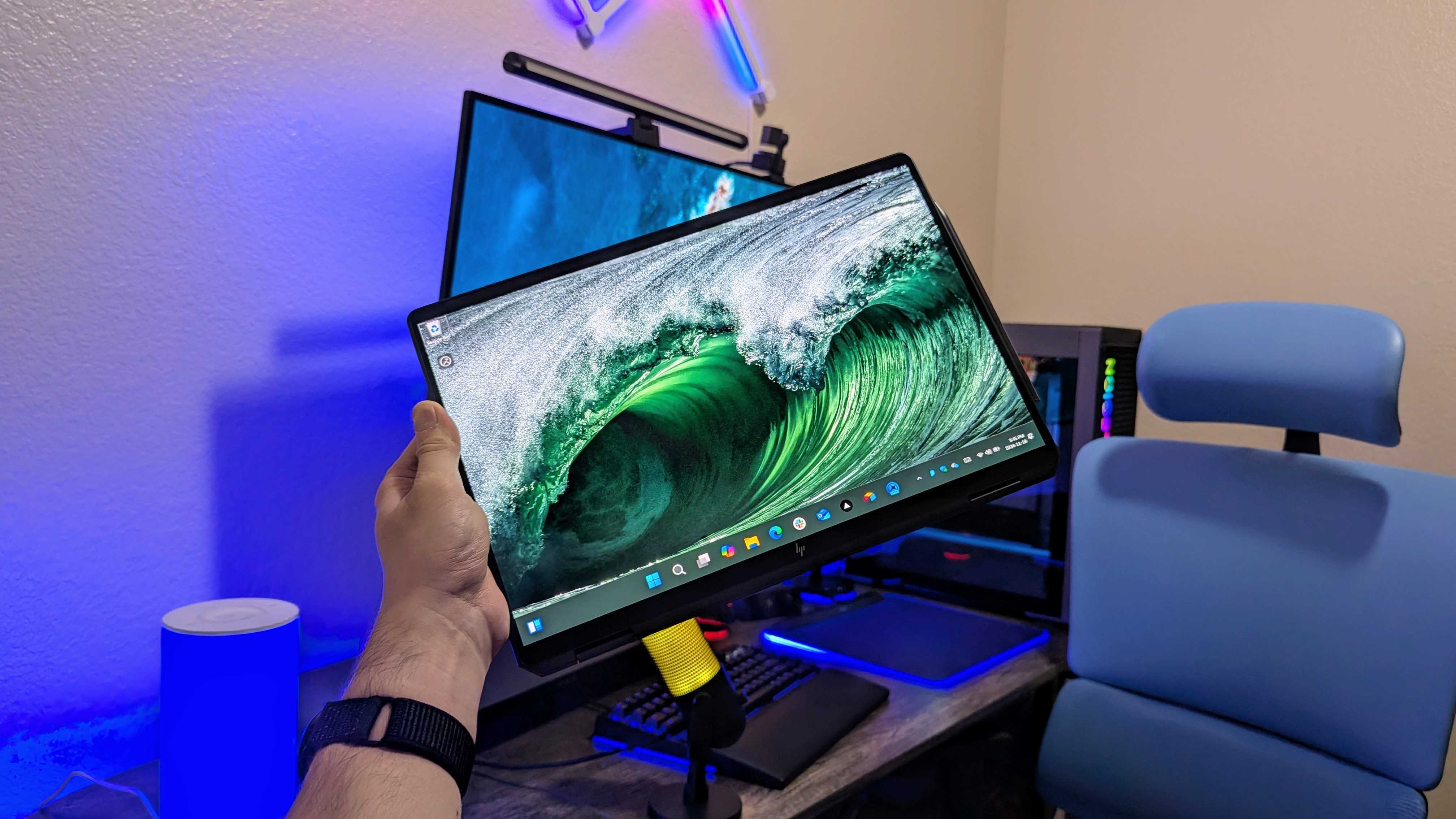
The HP OmniBook Ultra Flip 14 (2024) held in the hand in tablet mode.
![]()

A collage of three Nvidia GPU powered Windows laptops
![]()

A Lenovo Legion 5i (Gen 9) gaming laptop on a desk with a blue backlight, facing away at an angle with its lid open to show its rear and right side ports, a bit of its RGB-lit keyboard, and the "Lenovo" logo on the lid.
![]()